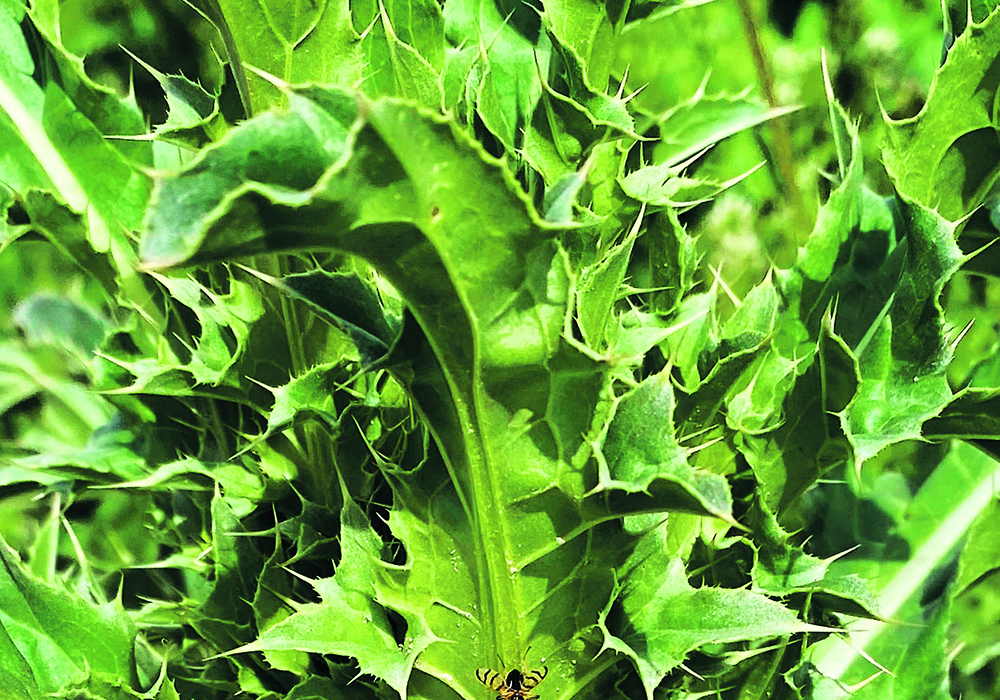I would like to discuss two weeds over the next couple of weeks.
One I will refer to as the scourge of the south and the other as the scourge of the north. Unluckily, I have worked in an area where the two come together so have experience with both.
The scourge of the south is kochia. It was described in a column by Michael Raine in the June 11, 2015, Western Producer. Since then, there have been a few updates that need to be noted.
Read Also

Growing garlic by the thousands in Manitoba
Grower holds a planting party day every fall as a crowd gathers to help put 28,000 plants, and sometimes more, into theground
As described in the article, kochia is notorious for its seed production with up to 15,000 seeds per plant, its seed disbursement through tumbling in the wind, its ability to shed spray droplets with its fuzzy leaves and to become resistant to various herbicide groups.
The latter is partly because of kochia’s preference to outcross and partly because of its tremendous genetic variability.
I have called kochia the scourge of the south because that is where it has established itself as one of the most significant weed problems. Kochia is a C4 photosynthetic pathway plant, which:
grows more efficiently in hot, dry weather
are able to convert low carbon dioxide levels to sugars more efficiently
are able to store CO2 at night to use through the day
Other C4 plants are corn, millet, foxtail, barnyard grass, pigweed and lamb’s-quarters.
Kochia also has the ability to survive in soil with moderate to high levels of salinity. Saline areas have expanded across Western Canada and the northern Plains states over the last few wet years, which has also resulted in the expansion of kochia.
Now, to the real issue.
Because of kochia’s ability to outcross and its genetic variability, it has shown an ability to become resistant to many of the herbicide groups we have relied on for its control. Resistance has been documented to:
Group 2 (ALS inhibitors, including imidazolinones, sulfonylureas, sulfonanilides and others)
Group 4 (2,4-D, dicamba and fluroxypyr)
Group 5
Group 6 (triazines)
Group 9 (glyphosate)
Even more disturbing is the fact that these resistance groups are being stacked. There are populations of kochia resistant to Groups 2 and 9 and Groups 2 and 4, and a population in Kansas has recently shown resistance to Groups 2, 4, 5 and 9.
Be vigilant this spring when approaching kochia control. Review fact sheets on this weed and use cultural control methods along with careful chemical choices.
When you use chemical control, use multi-mode of action tank mixes and spray these at an early weed stage to try and at least slow the spread of the resistant biotypes.
And remember that as frustrating as it is, there is no way to visually identify a multiple resistant kochia from one that is susceptible to all groups of herbicides.
It might be impossible to stop a multiple resistant kochia from blowing in from a neighbour, but if we all do our part to try and slow down the spread, we will all be more profitable for the effort in the long run.
Look for next week’s Weed of the Week to find out about the scourge of the north.
Thom Weir is an agronomist with Farmer’s Edge. He can be reached by emailing thom.weir@farmersedge.ca.


















